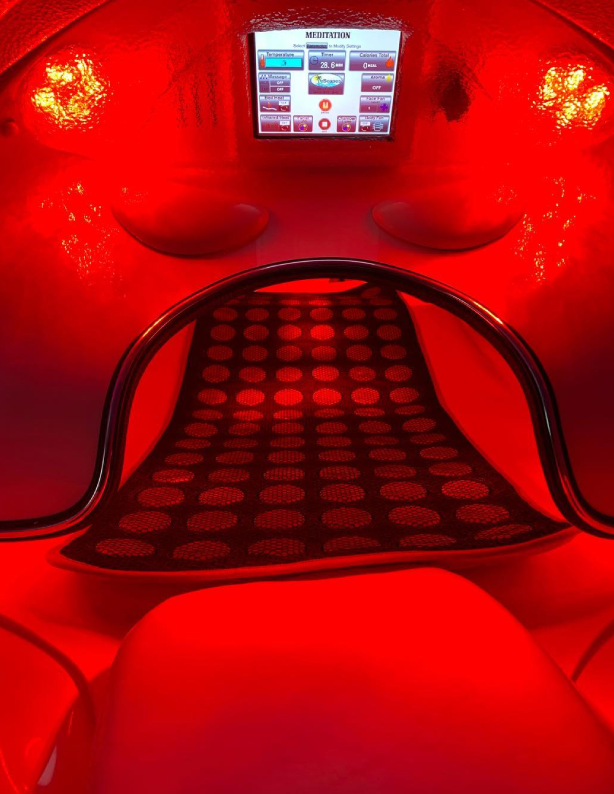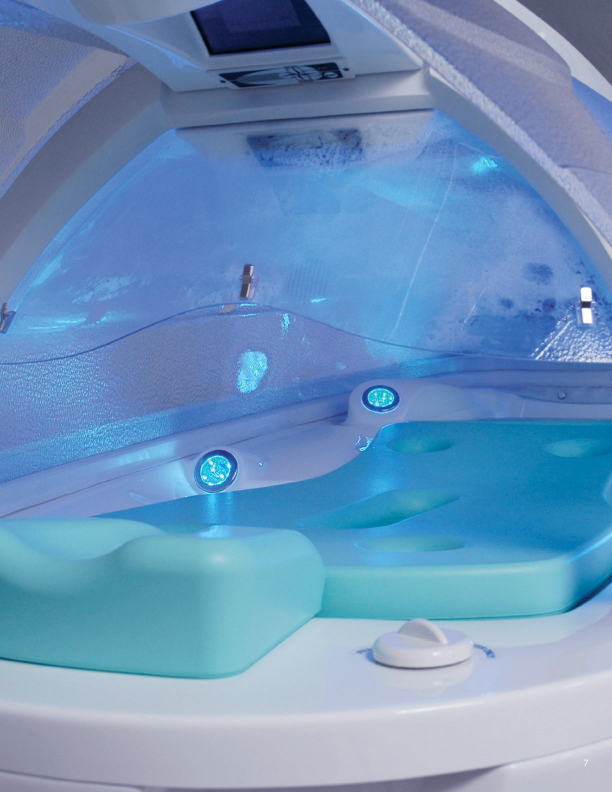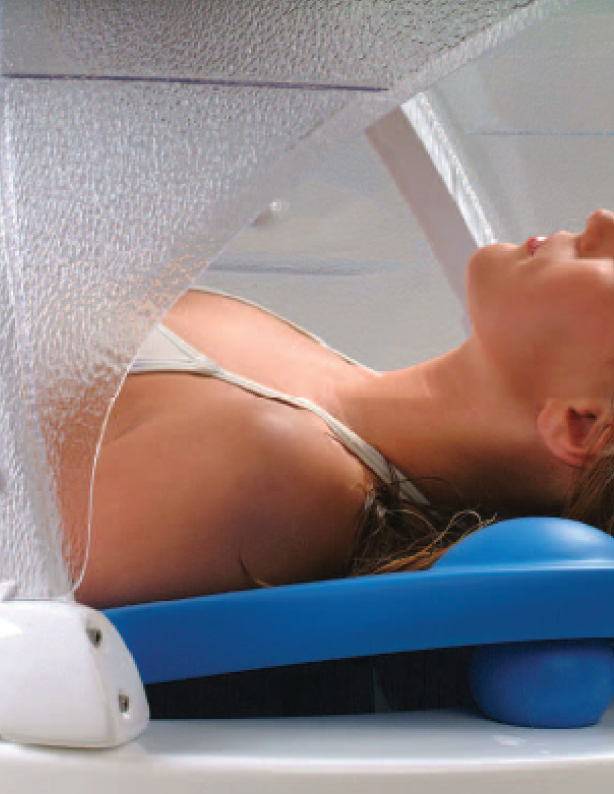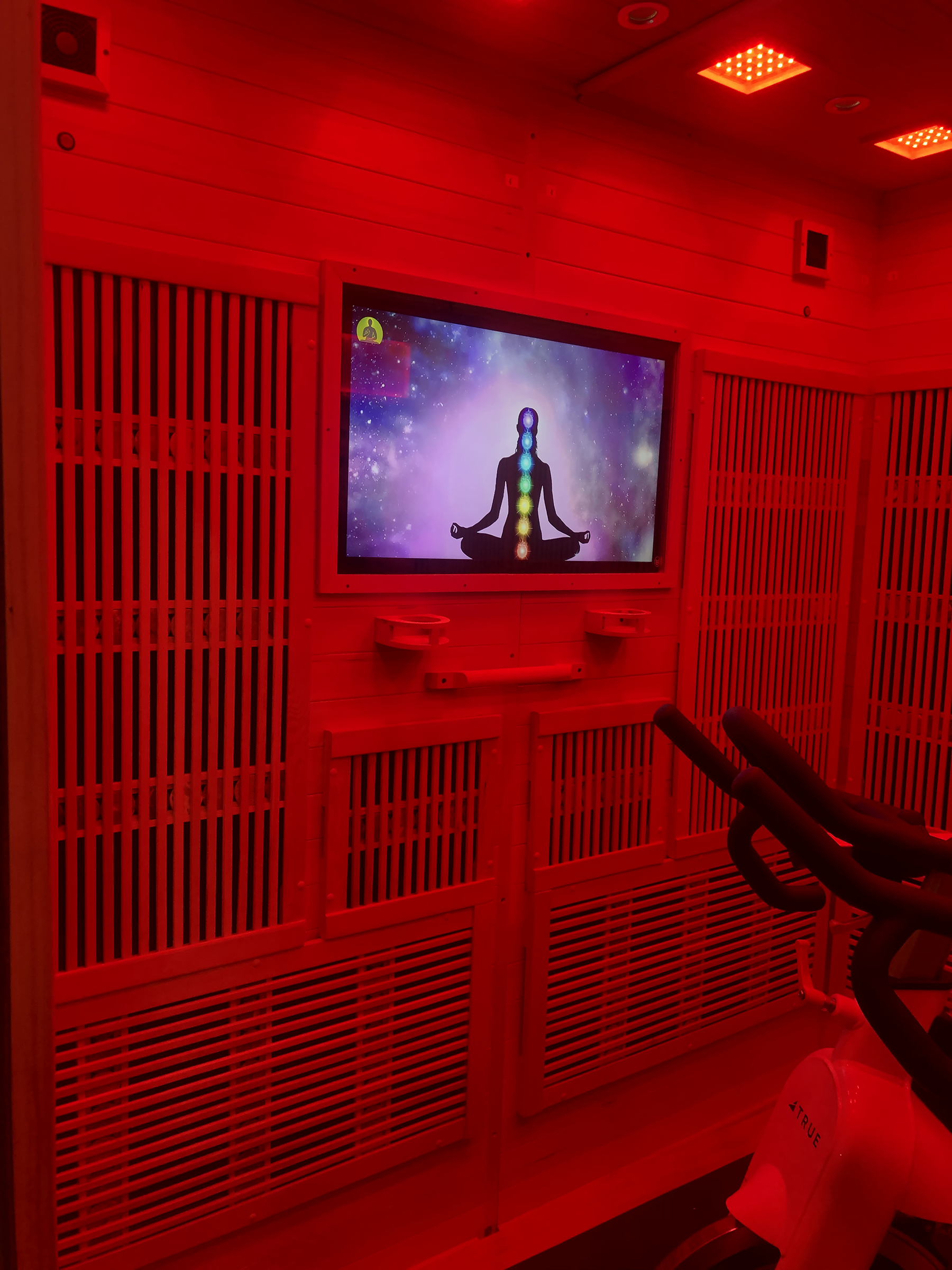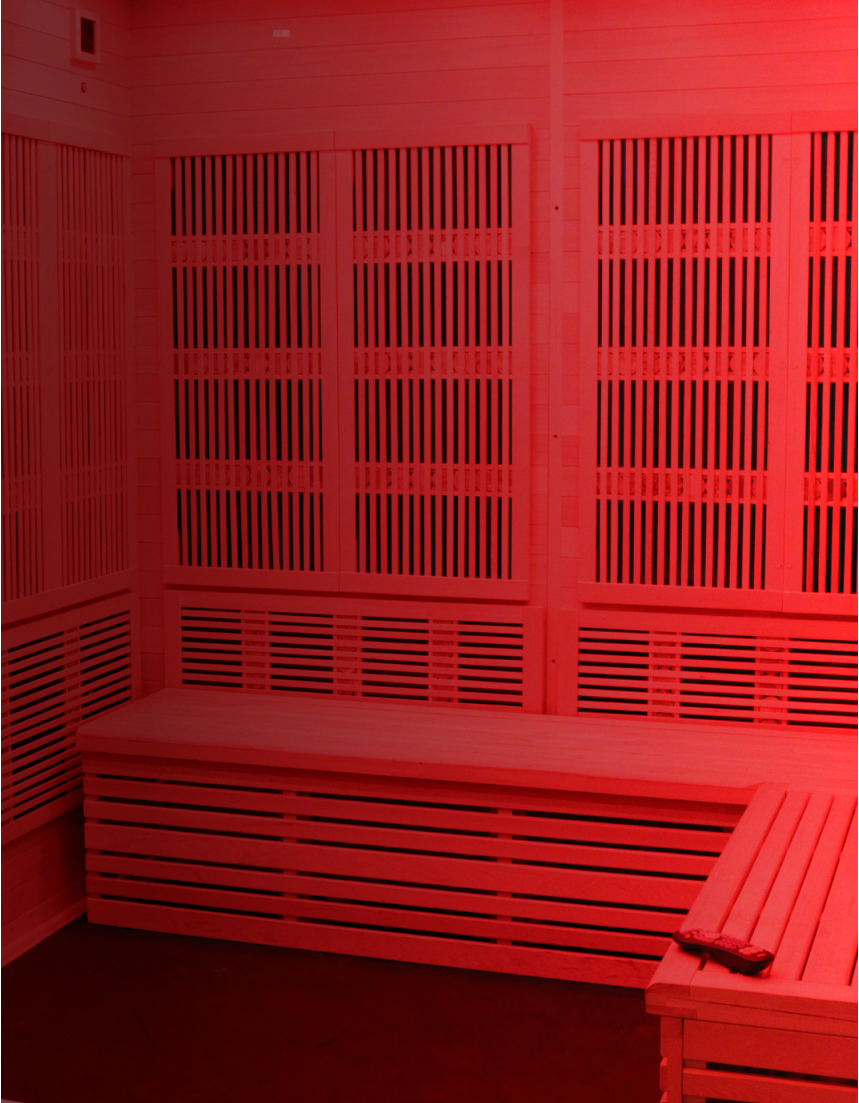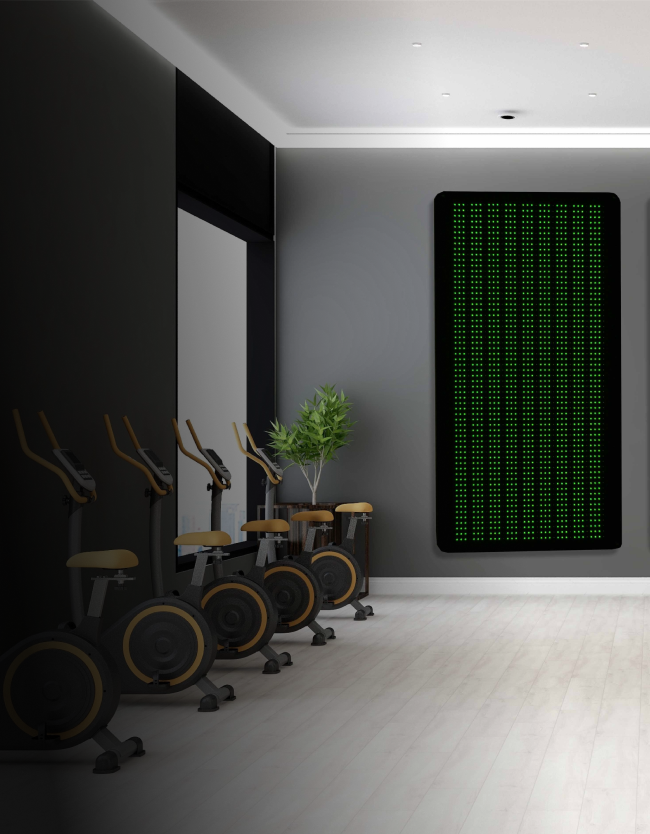Body pain can affect us in a wide variety of ways, ranging from slight discomfort to complete incapacitation. Pain can affect us mentally, physically, and even emotionally. Everyone knows what it’s like to feel pain. It can take many forms, from the sting of a burn to the constant ache of arthritis.
Numerous studies have proven that non-invasive heat provides effective, temporary relief from pain. These wellness studies promote a lifestyle of daily heat sessions to holistically combat chronic pain with soothing relief and temporary freedom from nagging discomfort without prescriptive drugs.
Pain involves a complex interaction between specialized nerves, the spinal cord and the brain. Pain starts at the source of the injury or inflammation (for example, your knee). When we are injured or have a chronic condition such as arthritis, our body’s automatic response is to stimulate pain receptors. The pain is perceived in the brain through sensory nerve cells that transmit information from a network of fibers in the skin, muscles and internal organs in the form of electrical currents and chemical interactions. Pain receptors release chemicals which carry their messages to the spinal cord, which carries the pain messages from its receptors to the brain’s thalamus and then the cerebral cortex, where the pain message is processed.
Short-term (acute) vs. Long-term (chronic) Pain
Pain can be short term (acute) or long term (chronic). Acute pain is severe or sudden pain that generally resolves fairly quickly. Chronic pain, on the other hand, is persistent and usually lasts for months or longer – chronic pain affects millions worldwide, and sufferers crave relief because aching body parts and muscles compromise their wellness and prevent them from fully enjoying life.
Optimizing Wellness and Achieving Pain Reduction with Heat
-
Heat routines – including whole-body hyperthermia, such as a wellness thermo-fusion (specialty sauna) – can be used to holistically improve wellness, reduce and help manage chronic pain through several mechanisms:
-
Heat therapy dilates the blood vessels of the muscles and increases the flow of oxygen and nutrients to the muscles, helping to heal the damaged tissue.
-
Heat stimulates the sensory receptors in the skin and decreases the transmission of pain signals to the brain, partially relieving the discomfort. A study by Isomaki (1988) found that more than 50 percent of the patients reviewed said that saunas alleviated rheumatic pain and improved joint mobility.
-
Heat helps stretching of soft tissues such as muscles, connective tissue, and adhesions to help reduce stiffness and increase flexibility.
-
Heat can provide elongation and relaxation of muscles and soothing relief from muscle spasms, promote circulation and drainage to speed recovery after exercise.
-
Heat raises the core body temperature and increases heat shock proteins (HSPs) which reduces chronic inflammation and related pain.
-
Heat works best when combined with other modalities, such as physical therapy and exercise. In addition, heat is an appealing wellness therapy to many people because it is a non-invasive and non-pharmaceutical form of holistic pain relief.
Published Studies on Pain Reduction with Heat
2005 Chronic Pain: A study by Masuda, et al found that a repeated thermal therapy course (daily for four weeks) was a promising method for treatment of chronic pain.
2006 Pain Research and Management: A study by Gale, et al found that IR (heat) therapy was effective in reducing low back pain.
Wellness studies promote a lifestyle of daily heat sessions to holistically combat pain without prescriptive drugs.


